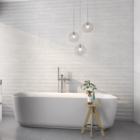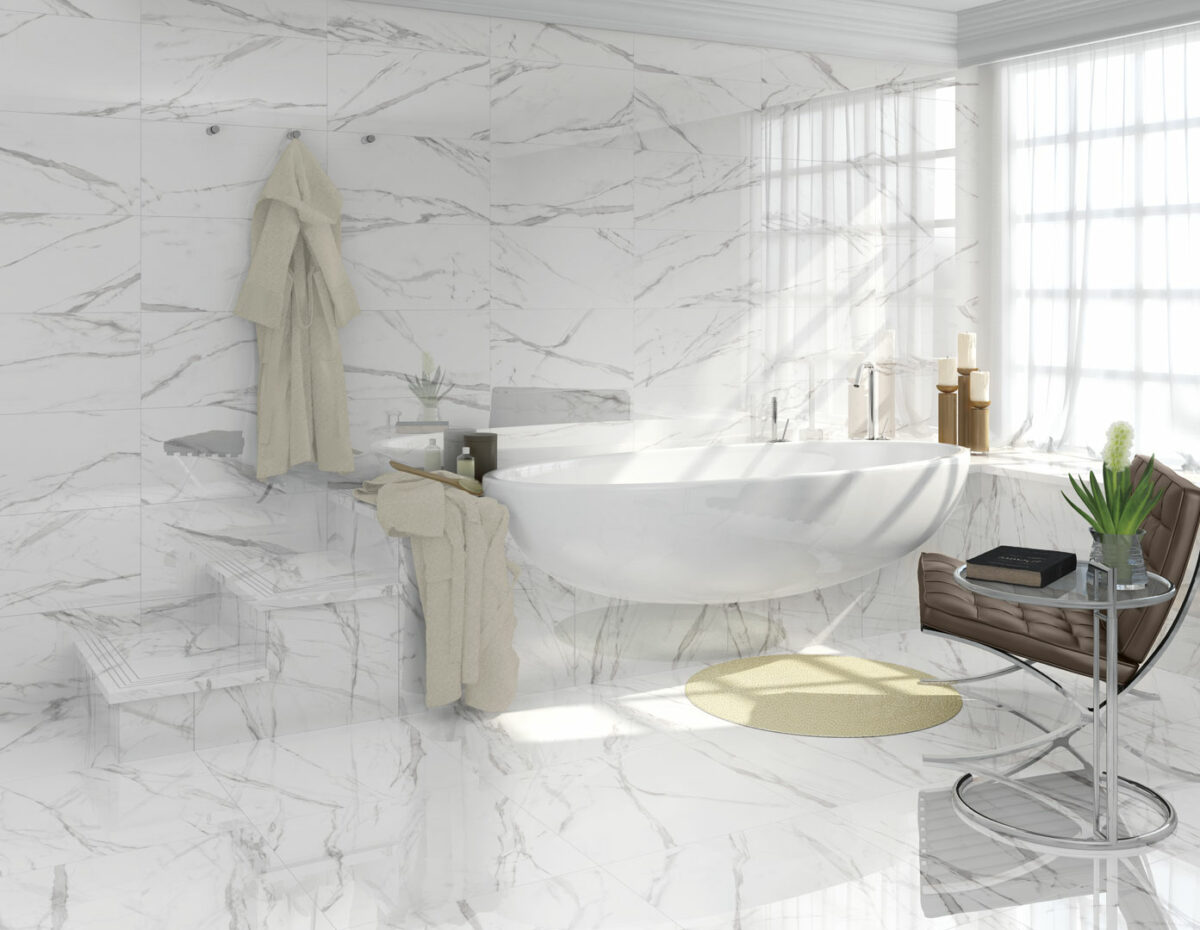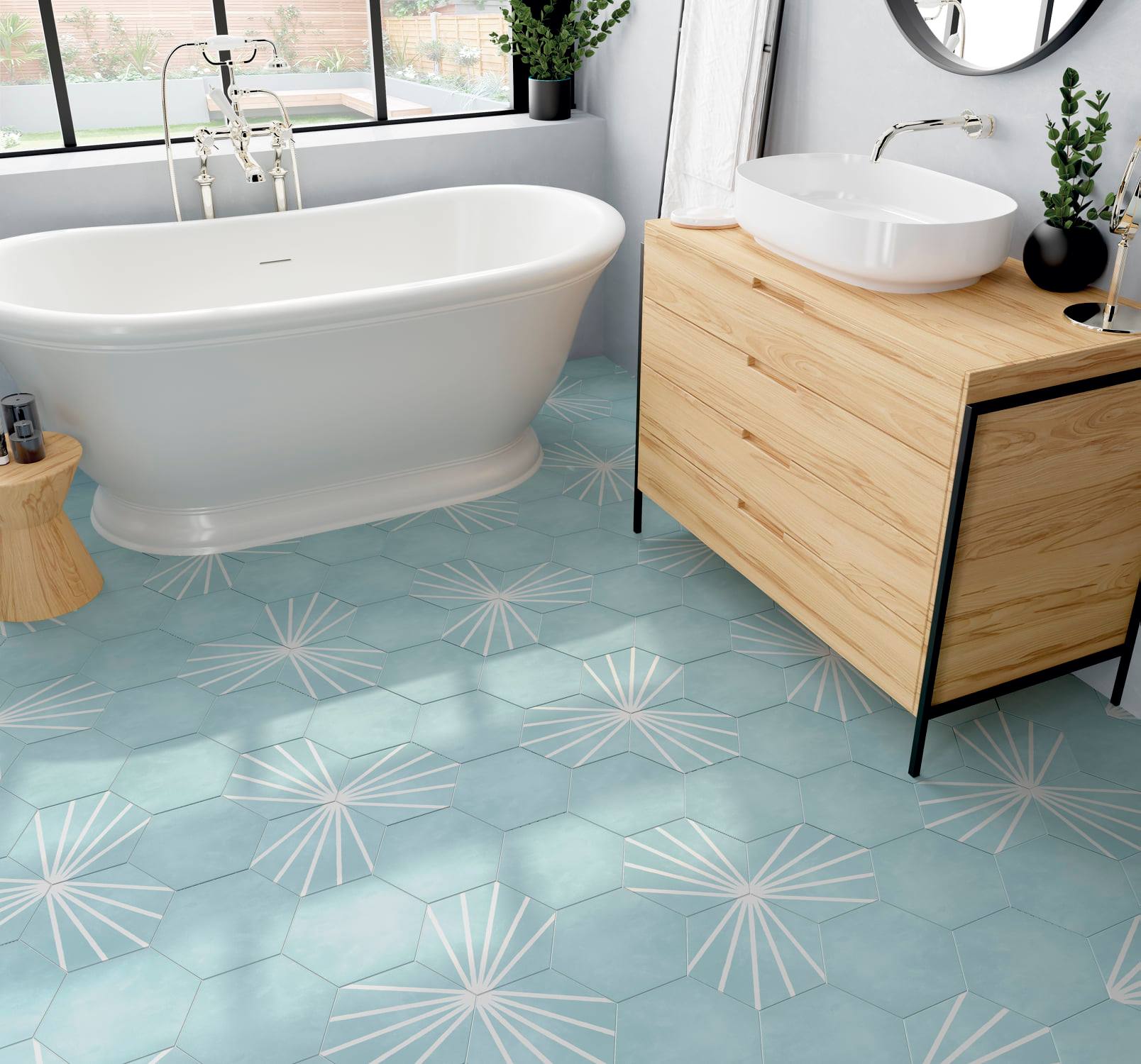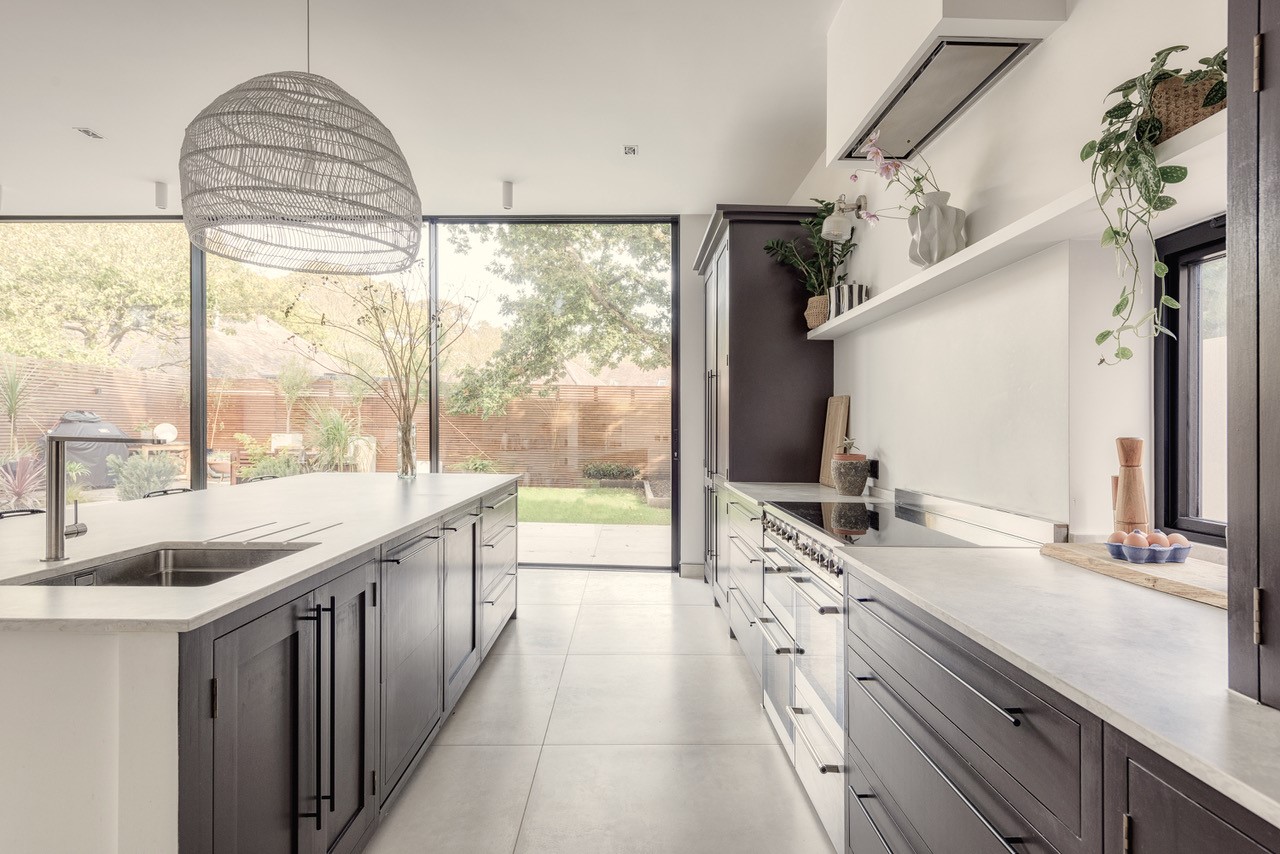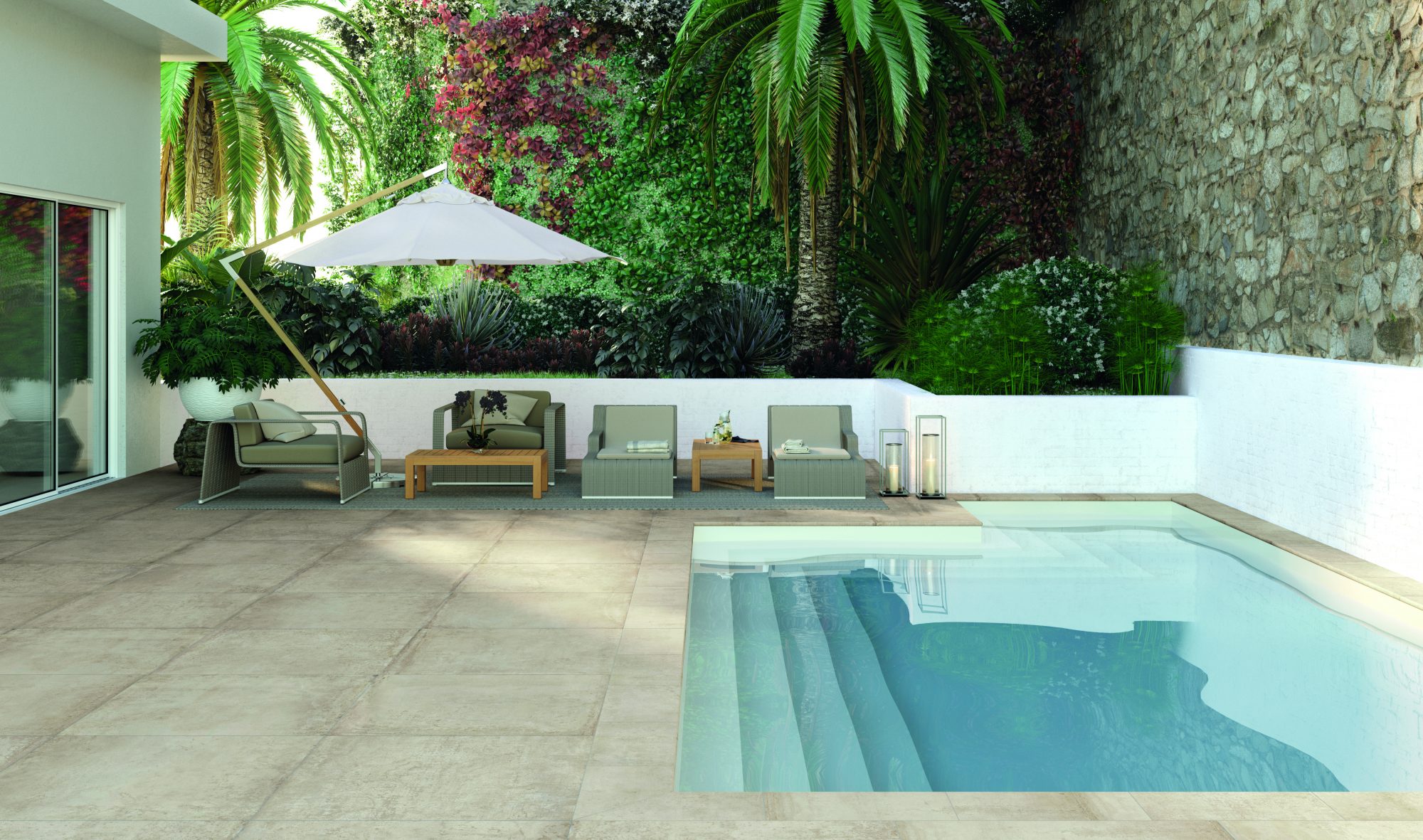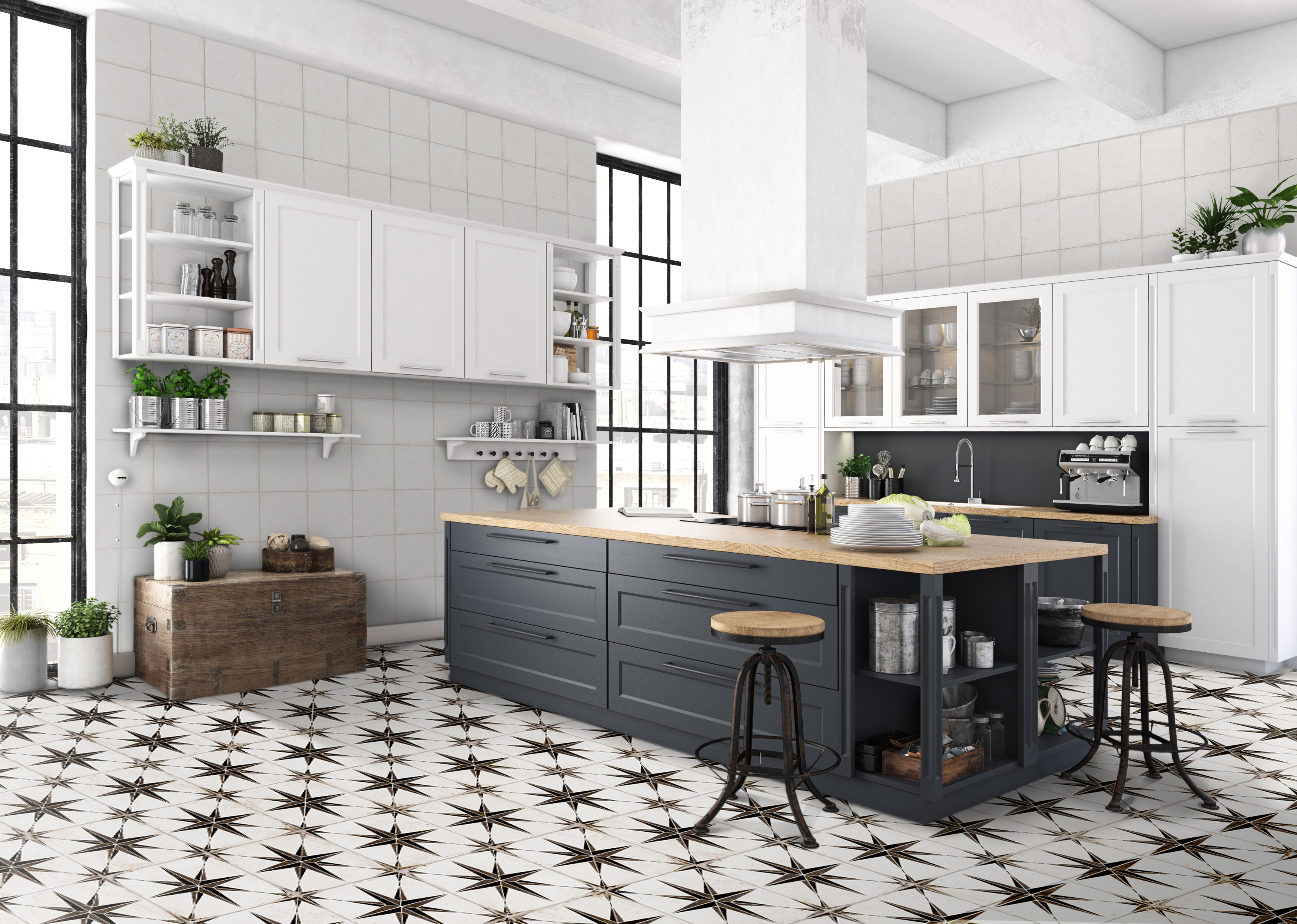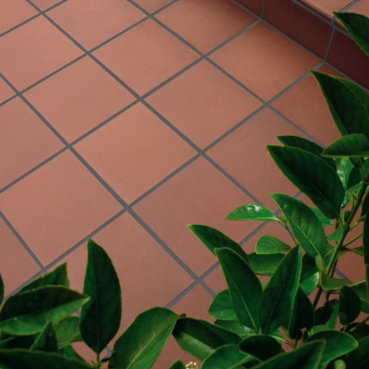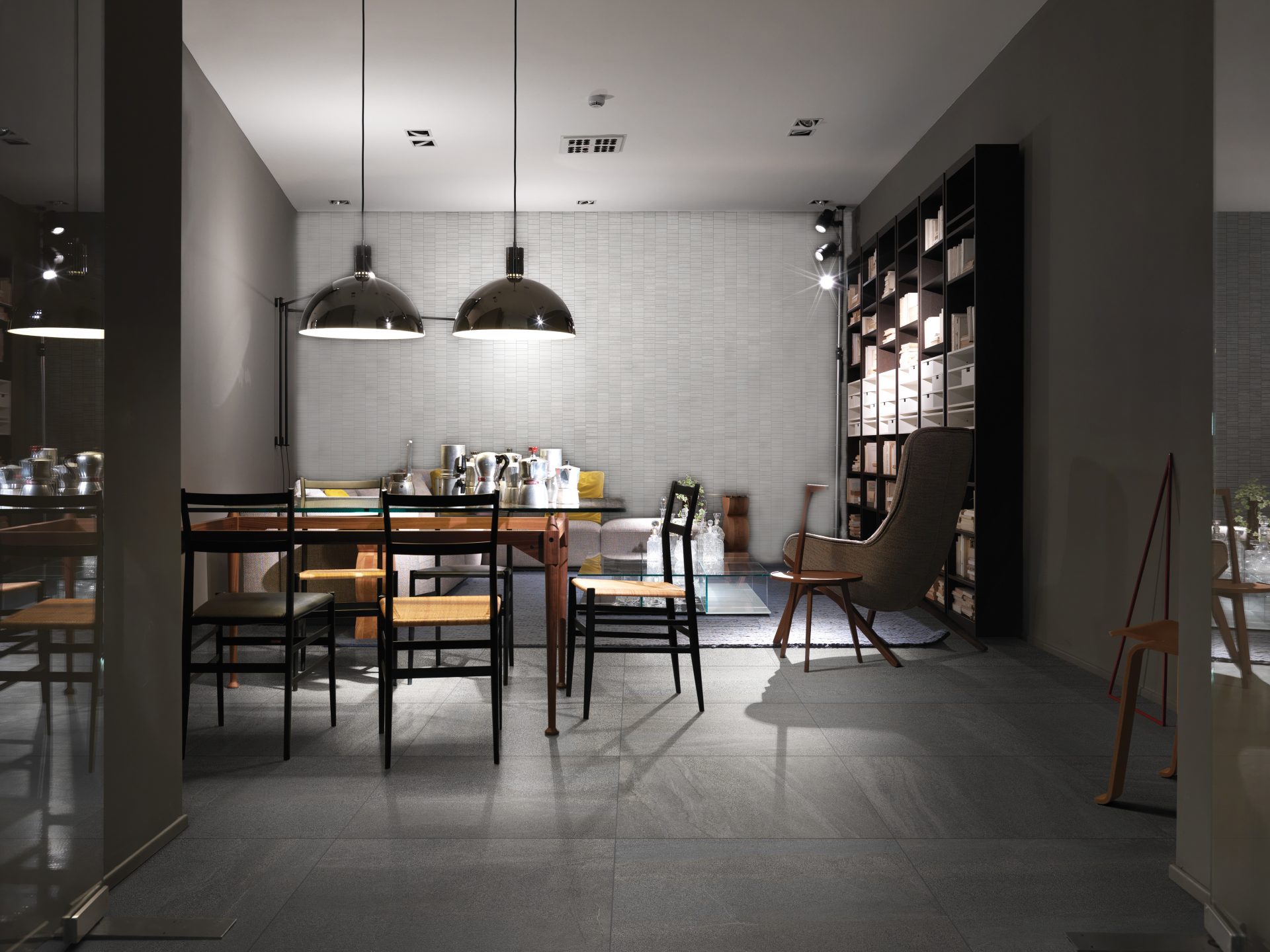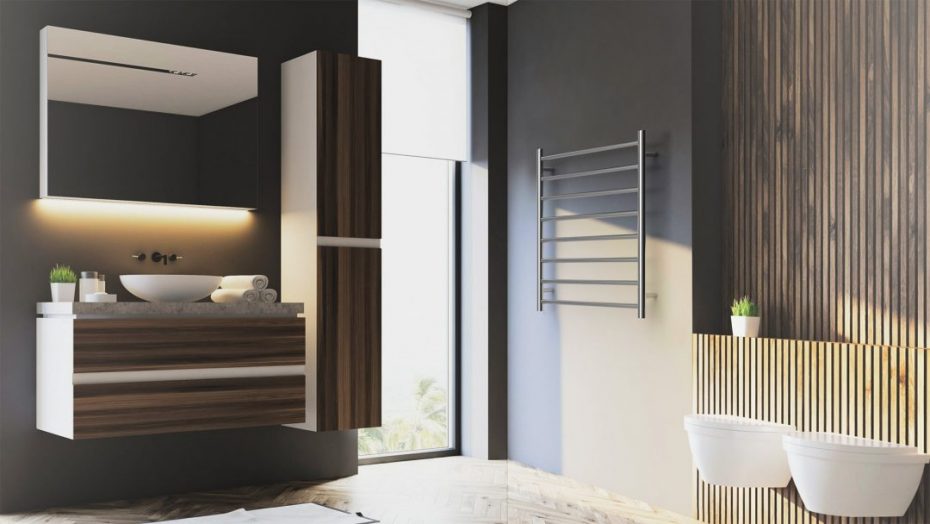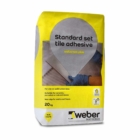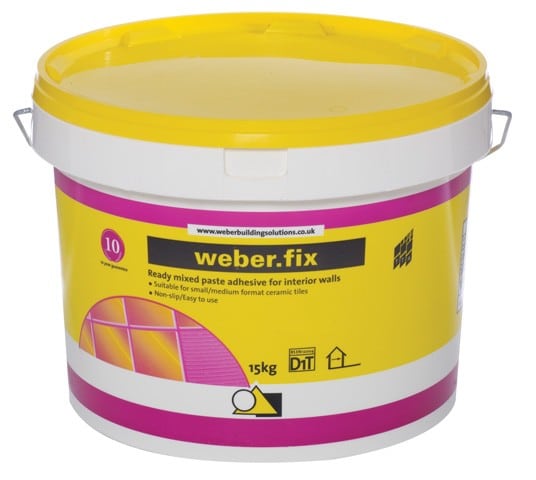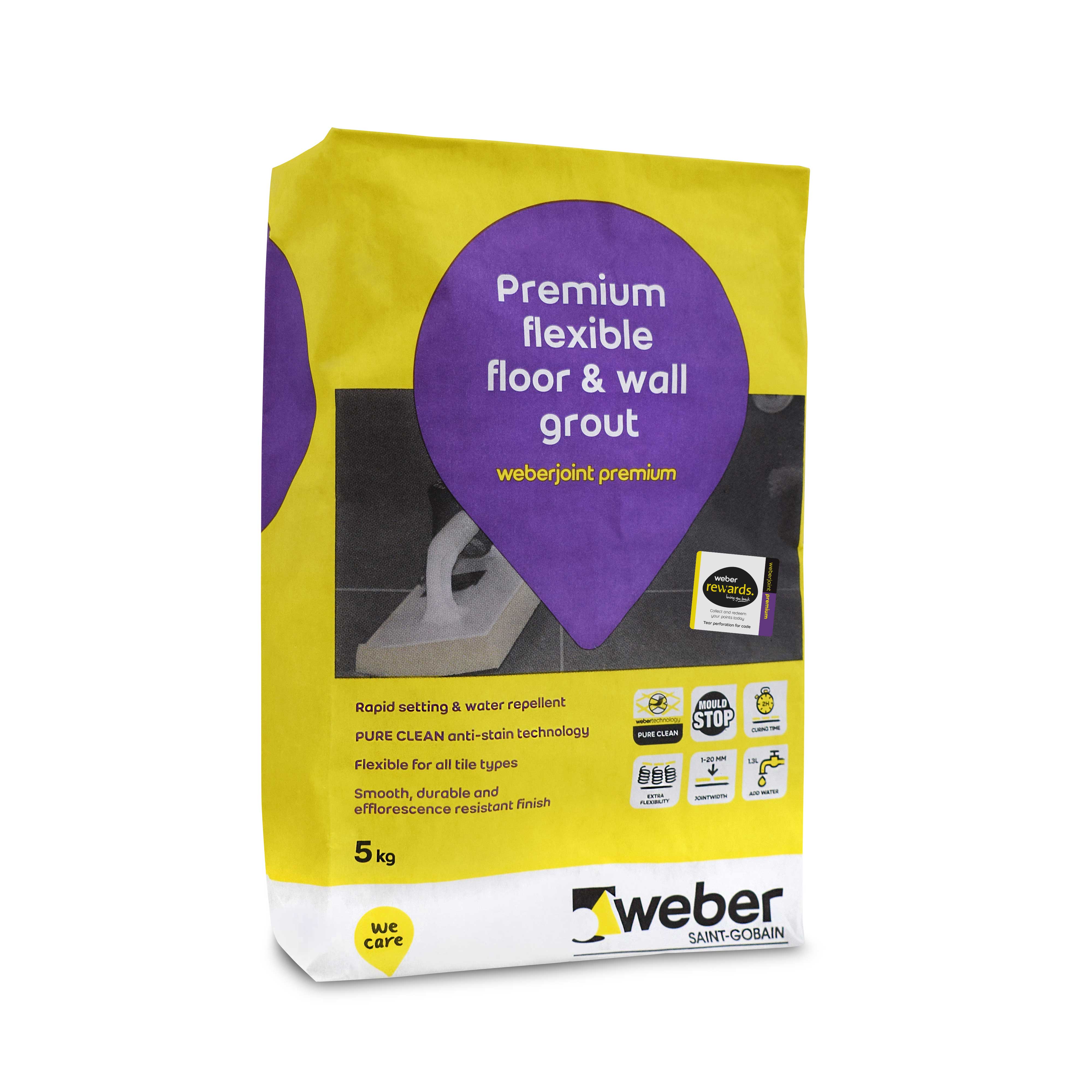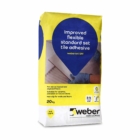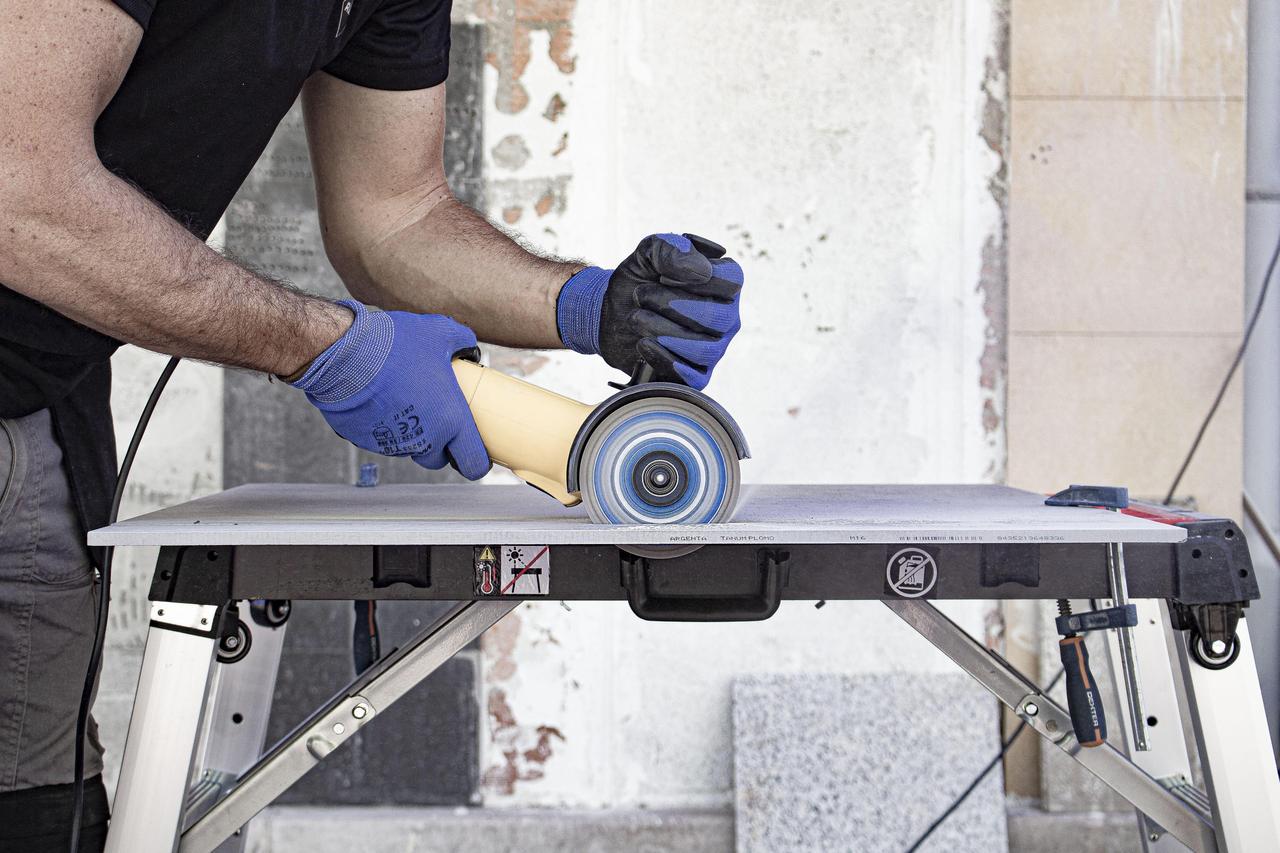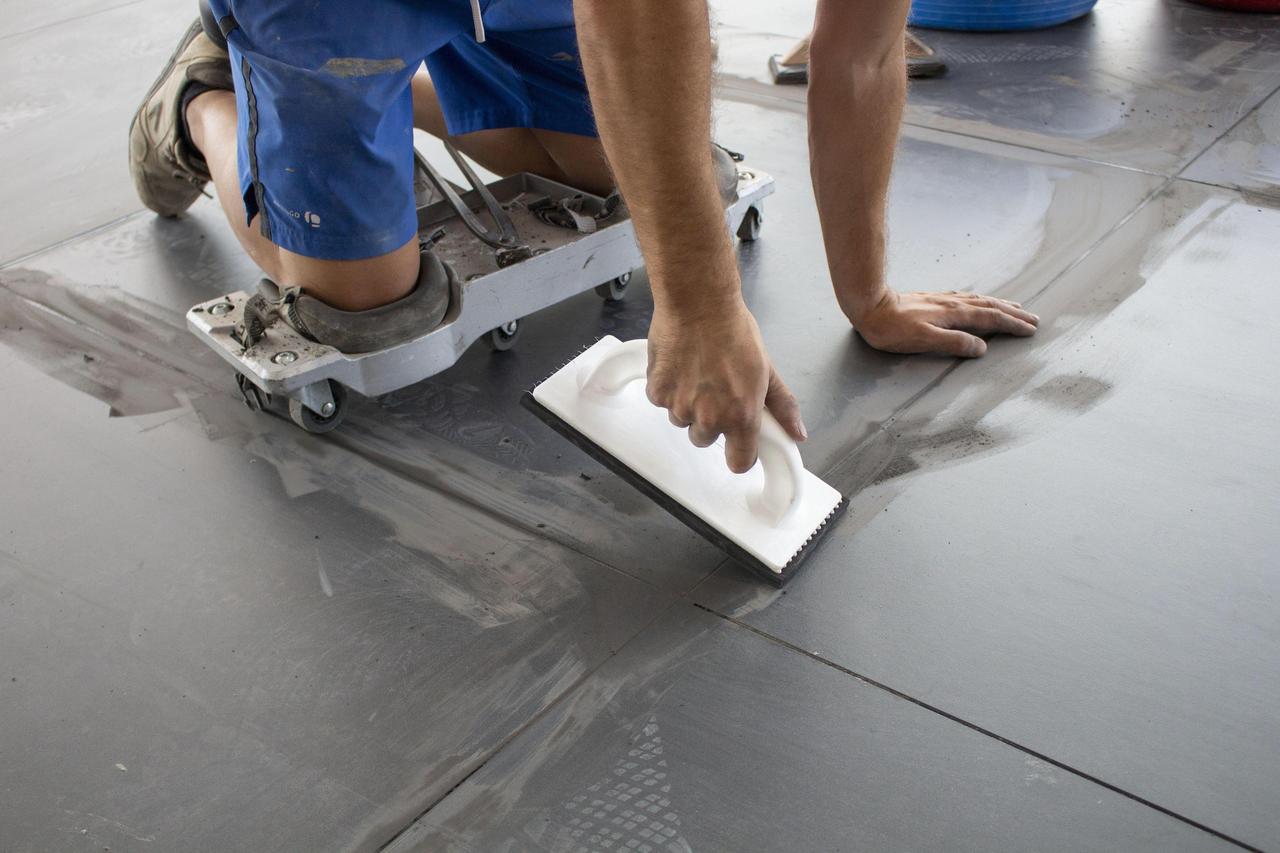How Does Underfloor Heating Control Work?
Warmth and comfort go hand in hand. So beyond wall insulation and radiators, you may want to explore underfloor heating when renovating your home. It’s a popular solution to all our qualms about cold floor tiles.
It is easily applied, affordable, and built to match a range of materials… But how does underfloor heating control work?
This query is endemic to the fact that too few people are ready for such an investment. But they are losing out; with our knowledge at your heels, and a stockpile of great flooring tips to hand, Atlas Ceramics are keen to dispel the mystery around underfloor installations.
Want to grasp its basic processes and control parameters? Keep reading for the exposé you’ve been waiting for…
General Distinctions
There are two main types of underfloor heating: the ‘wet’ variety, and a wire system. The first is achieved with a criss-crossing pipe networks linked to your boiler, lying on the structural subfloor.
The pipes function like a radiator, moving hot or cold water that radiates through the primary floor surface. Yet this choice isn’t suitable for most homes – there is a high chance it will necessitate raising the ground height to fit the pipe installation, and that may not be feasible.
Wet underfloor heating can distort a floorplan unless you’re doing a wide-scale refurbishment.
By contrast, a wire-based heating grid is far easier to implement and maintain. It works via electric cables threaded around a special, cut-for-purpose mat. Products such as the SunStone 200W/m2 in an 8m2 diameter can be laid over the subfloor, typically above an Insulation Board to maximise warmth. None of that delivers a major or subtle increase in the height of the floor; the dimensions stay exactly as they are, which suits the majority of buyers.
There is, however, a ‘loose wire’ alternative, which may be convenient for very small rooms or oddly shaped surfaces. Electric underfloor heating tends to be better than the pipe-based model, for more flexibility and structural reliability.
Getting The Right Systems In Place
It’s important to consider environment when choosing underfloor heating. Bathrooms, for example, are going to be wetter than other rooms; subsequently, the wattage should be slightly higher for quicker drying times. Elsewhere we might consider how long we spend in a kitchen, lounge, study, bedroom or conservatory in autumn and winter – the spaces with the most frequent usage demand a more intensive heating quality.
Going for broke on an investment like this means you’ll have to assess where these spaces are in the home or venue. Underfloor heating is sandwiched between flexible tile adhesive, so it’s designed to go almost directly under the floor material.
As well as deciding the strength of the heating abilities based on personal preference, it’s wise to go for a wattage that’s suited to the type of floor you have. So for instance, a SunStone 150W Heating Mat will function best with stone or ceramic tiles. This is different to the Warmup DCM-Pro, which caters for all flooring categories, including linoleum, carpet and vinyl.
The electrical mats are wired to your energy grid. Because the surface area is much greater than that of a regular electric heater, you can limit power through the floor without forgoing warmth on every square inch of the surface. It’s a far more cost-effective way to create a cosy atmosphere, instead of lining up heaters on the wall. You’ll probably only use the upper limits of the power source to rid the surface of moisture before it settles into a lower temperature.
Remember that when choosing your ideal wattage, because chances are that it won’t be turned up to max for long, unless you have a high number of guests using several rooms at once.
Looking At Control Privileges
How does underfloor heating control work? It’s a question we’re frequently asked; many people assume that you have to manage all the rooms together, at the same time, when tweaking their temperature gauge.
This is a needless step from the truth. In fact, you can monitor the heat for each room individually. A thermostat can link up to the control box, where underfloor wires are fed into the matrix of your electrical units, for raising or lowering the heat. Once you attach it to a wall, there’s simply the matter of setting a time, temperature threshold and distinctive algorithm.
A fairly standard pick like the SunStone Thermostat measures how cool the air and floor are in a specific area. Working to your pre-sets – higher temperatures when you tend to be at home, for example – it will control the heating system on a schedule, ensuring it always stays above a certain limit. The device’s screen shows the degree-Celsius count, what day of the week it is programmed for, and the current time on the clock. A probe monitors the room for accuracy.
But that’s just the beginning… There are Manual Thermostats if you prefer them, for a quick, spontaneous burst of warmth. Or for a supreme technical tool, make use of the Warmup 4iE Wifi Thermostat in Onyx. The latter control unit integrates with your smartphone or tablet app, letting anyone control their underfloor heating from a distance, even if they’re many miles from home.
Switch pre-sets and directives at your leisure with the manual override function. Additionally, it reveals how much you’re saving with low energy solutions, fitting underfloor heating into the larger shape of your utilities plan.
Of course, thermostats can also be programmed to manage multiple spaces – usually those that have similar requirements, such as the main bathroom and en suite areas. The beauty lies in being able to match the system to whatever suits you. Consult an installation expert before you get started, just to be on the safe side….
We hope we’ve removed any mystery from the subject of ‘How does underfloor heating control work?’ Atlas Ceramics are proud to provide an arsenal of heating equipment for your next big project, and have a wealth of tiling, maintenance and underfloor installation knowledge that you can take advantage of.
Get in touch for more information – we’d be happy to help.
Article by Mike Lovatt
Here at Atlas Ceramics we import and distribute high quality products to support the tiling industry. These products include Polished tiles, Matt tiles or Satin tiles for the wall and floor, ceramic and porcelain tiles, natural stone and mosaics, from Italy, Portugal, and Spain.


